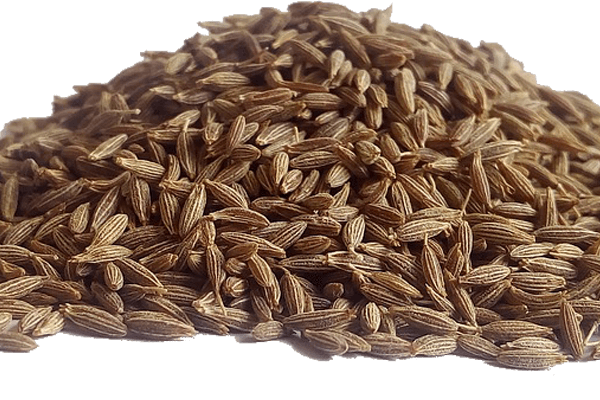
Ayurvedic herbs are used in Ayurveda as part of treatment, but also prevention. These include various holistic blends, as well as popular spices with strong health-promoting effects, such as ginger or turmeric. They are individually selected for the patient based on their prakriti, or dominant dosha. What are the different ayurvedic herbs and what is worth knowing about them?
How do ayurvedic herbs work?
Ayurvedic medicine is one of the oldest healing systems that are still applicable today. Ayurveda was born over 5 thousand years ago in India. It is based on the theory of the 5 elements and the three Ayurvedic phases – Vata, Pitta and Kapha.
Depending on the dominant dosha, each person has specific qualities, potentials and weaknesses. The doshas also determine how the body functions, what it needs – what diet and activity.
If the doshas are unbalanced, disease occurs in the body. In order to restore the patient to health, the Ayurveda practitioner checks what the dominant dosha or doshas are and adjusts the appropriate diet, exercise, and other recommendations, including herbal supplements, according to this diagnosis.
Ayurvedic herbs are designed to speed up the rebalancing of the body – it's all about balancing everything. Herbal mixtures are used to stimulate the functioning of specific organs in order to support a patient's recovery.
Examples Ayurvedic Herbs
Turmeric (turmeric) – is a beloved spice of Indian cuisine. Turmeric root has antiseptic and antibacterial properties. It supports the immune system, digestion, and liver function. It is a potent antioxidant, and improves heart and blood vessel function. It restores the proper cholesterol level.
Triphala – is a blend of three holistic plants. Terminalia belerica, Terminalia chebula, and Phyllanthus Emblica help maintain upper respiratory health and assist in maintaining the body's natural defenses.
Guggul long turmeric root (Curcuma longa), helps strengthen immune system function and helps maintain lung and upper respiratory health. It exhibits cleansing and restorative effects. It also supports intestinal, blood, and tissue cleansing.
Ashwagandha is considered a rejuvenating plant in Ayurveda, it benefits the nervous system, adds strength, and boosts vitality. It also has relaxing and antioxidant properties, and the compounds it contains have a positive effect on lymphocytes in the immune system.
Shatavari helps regulate the female endocrine system and restores the menstrual cycle. This herb has a diastolic effect on the uterus and has a particularly positive effect on disorders originating from estrogen deficiency. In addition, it is a great remedy for improving the functioning of the nervous system.
Trikatu – consists of three herbs: long pepper, black pepper, and ginger. It cleanses the body of toxins and improves digestion. It has antispasmodic, expectorant, and bronchodilator effects.
Brahmi is obtained from Bacopa monniera, a small vine that grows mainly in wetlands. When taken regularly, Brahmi has a calming effect, improves memory and concentration, helps manage stress, and supports the immune system.

I am an official member of International Association of Therapists and research natural healing methods and herbs. The posts are my findings.


